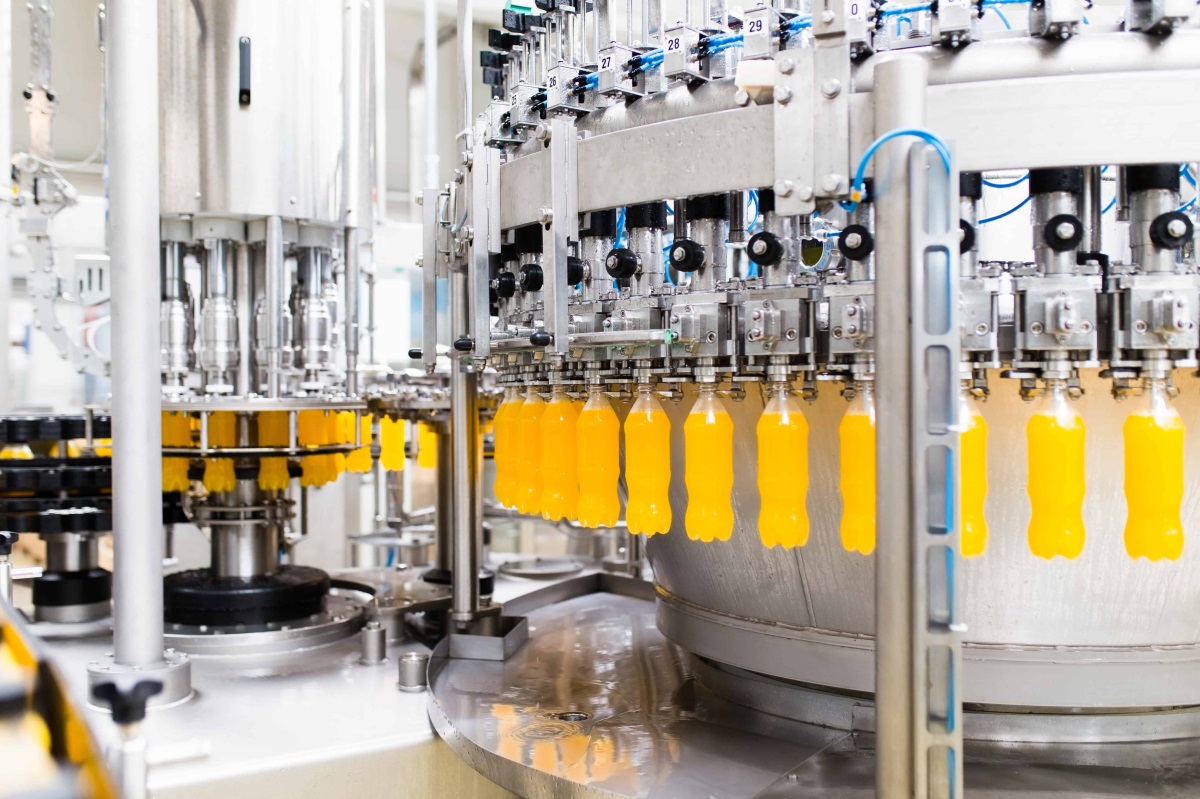
Liquid filling machines are the unsung heroes of various industries, quietly ensuring the seamless transfer of liquids into containers with precision and efficiency. From the petrochemical and pharmaceutical sectors to the food and agricultural industries, these machines play a crucial role in packaging liquids of diverse viscosities. In this guide, we’ll delve into the world of liquid filling machines, exploring their types, working principles, applications, benefits, maintenance tips, and future trends.
Understanding Liquid Filling Machines
Liquid filling machines come in various types to cater to different production needs. Manual liquid filling machines are ideal for small-scale operations, allowing operators to control the filling process manually. Semi-automatic machines offer a middle ground between manual and fully automatic options, providing some level of automation while still requiring operator intervention. Fully automatic machines, on the other hand, are designed for high-volume production, offering hands-free operation and precise filling accuracy.
In addition to these main categories, there are also inline, rotary, and piston filling machines, each with its unique features and benefits. Inline machines are suited for continuous production lines, while rotary machines excel in high-speed filling applications. Piston filling machines, powered by pneumatic linear actuators, offer precise control over fill volumes, making them ideal for pharmaceutical and cosmetic products.
Working Principles of Liquid Filling Machines
Liquid filling machine operate on various principles, depending on factors such as the type of liquid being filled and the desired fill volume. One common principle is liquid pressure filling, where the liquid flows into the container using its own weight when the pressure in the reservoir matches the volume of air in the container. Syrup filling machines, on the other hand, can fill a wide range of containers with liquids of varying viscosities, sliding the bottles into place for filling.
Another principle is volumetric filling, where a piston within a cylinder is used to force the liquid forwards and backwards for each filling cycle. This method offers precise control over fill volumes and is commonly used in industries where accuracy is paramount.
Factors Influencing the Choice of Liquid Filling Machines
Several factors influence the choice of liquid filling machines, including the type of container, fill volume, and diameter of the opening. For example, timed-flow and overflow machines are suitable for free-flowing liquids but differ in how they deliver the product to the container. Understanding these factors is essential for selecting the right machine for specific production requirements.
Applications of Liquid Filling Machines
Liquid filling machines find applications across various industries, including the petrochemical, chemical, paints, oils, foods, pharmaceutical, and agricultural sectors. Whether filling bottles, tins, pails, jerry cans, drums, or IBCs, these machines ensure efficient and accurate packaging of liquids for diverse end uses.
Benefits and Advantages of Liquid Filling Machines
The benefits of liquid filling machines are manifold, including increased efficiency, improved accuracy, versatility in applications, cost-effectiveness, and reduction in wastage. By automating the filling process, these machines streamline production workflows, resulting in higher output and lower operating costs.
Maintenance and Care Tips for Liquid Filling Machines
Proper maintenance is essential to ensure the optimal performance and longevity of liquid filling machines. Regular cleaning and sanitization, lubrication of moving parts, calibration of equipment, and inspection for wear and tear are some key maintenance tasks that should be performed regularly.
Future Trends and Innovations in Liquid Filling Machines
Looking ahead, liquid filling machines are expected to evolve with the integration of smart technologies, enhanced automation features, and sustainable, eco-friendly designs. These advancements will further improve efficiency, accuracy, and sustainability in liquid packaging operations.
Liquid filling machines play a vital role in the efficient and accurate packaging of liquids across various industries. By understanding the different types, working principles, applications, benefits, maintenance tips, and future trends of these machines, businesses can make informed decisions to enhance their production processes and stay ahead in the competitive market.




